Reviewed by Corey Noles
Here's what caught my attention this week: fresh leaks about Apple's first foldable iPhone are painting a picture of a device that's… surprisingly compact. TrendForce reports the iPhone Fold will sport a 5.5-inch cover screen and 7.8-inch inner display. Compare that to Samsung's freshly minted Galaxy Z Fold 7 with its hefty 6.5-inch outer screen and 8-inch main display, and suddenly Samsung's latest feels like a tablet in disguise.
The timing here is fascinating—this isn't some random speculation. Ming-Chi Kuo backed these exact dimensions back in March, and now we've got multiple sources singing the same tune. What's driving Apple's conservative approach? And why does this make Samsung's maximalist strategy look increasingly out of step with mainstream adoption?
Why Apple's going small while everyone else supersizes
Let's talk numbers that reveal deeper strategy. That rumored 5.5-inch iPhone Fold cover screen isn't just smaller than the Galaxy Z Fold 7's 6.5-inch display—it's actually smaller than the first-gen Pixel Fold's 5.8-inch outer screen. In a world where OnePlus Open 2 is pushing 6.3-inch cover displays, Apple's choice signals a fundamental philosophical divide about what foldables should be.
Apple's conservative sizing directly addresses the thermal management challenges that plague larger foldable displays. Research on flexible display materials shows that larger screens generate significantly more heat and stress the folding mechanisms more severely—exactly the kind of durability compromise Apple's customers won't tolerate. By targeting iPhone 12/13 mini dimensions for the cover screen, Apple's optimizing for long-term reliability over spec sheet bragging rights.
Consider the manufacturing implications: smaller displays mean higher yield rates, which translates to more predictable production costs. While Samsung can absorb yield losses across their massive manufacturing scale, Apple needs precision-engineered consistency for their targeted sales goal. This isn't about being conservative—it's about being smart.
The app ecosystem angle matters too. Developers already struggle with fragmentation across Samsung's varying aspect ratios and the OnePlus Open 2's 6.3-inch cover screen. Apple's 5.5-inch approach lands squarely in familiar iPhone territory, potentially making app optimization seamless rather than requiring specialized foldable interfaces.
Samsung's massive cover screen gamble
Samsung's 6.5-inch cover screen strategy makes perfect sense when you understand their market position—they're not catching up anymore, they're defending leadership. That massive AMOLED display with 21:9 aspect ratio finally delivers what power users demanded: a genuine smartphone experience without unfolding. This isn't just bigger for the sake of bigger—it's targeting productivity workflows, media consumption, and gaming scenarios that justify the $2,000 starting price.
The engineering achievement here is genuinely impressive. Samsung's new Armor FlexHinge manages that 6.5-inch display while achieving an 8.9mm folded thickness—thinner than some regular smartphones. At 215 grams, the Fold 7 actually weighs less than the Galaxy S25 Ultra, proving Samsung's mastered the physics of large foldable displays.
But here's the strategic gamble: Samsung's betting that early adopters want maximum capability over mainstream appeal. Their approach assumes foldable buyers are power users who'll appreciate every millimeter of screen real estate. That's probably correct for 2025, but what happens when Apple enters with a more approachable alternative?
The camera integration tells the same story—Samsung packed in a 200MP main shooter borrowed from the Galaxy S25 Ultra, plus comprehensive telephoto and ultrawide options. It's everything-and-the-kitchen-sink engineering, designed to eliminate any reason to choose a regular flagship over the foldable.
What Apple's crease-free tech means for the competition
Here's where Apple might fundamentally change the game. Kuo's latest reports suggest the iPhone Fold will eliminate creases entirely using laser-drilled metal plates that distribute bending stress with surgical precision. Samsung Display is reportedly the supplier, with Fine M-Tec handling the specialized metal components at $30-35 per unit—a 75% premium over traditional etching methods.
This isn't just visual polish—it's potentially solving the psychological barrier that keeps mainstream users away from foldables. While Samsung's Z Fold 7 has the "least amount of crease" compared to competitors, eliminating it entirely could make Apple's smaller screens feel more premium than Samsung's larger ones.
The timing strategy reveals classic Apple execution: arrive in the second half of 2026 with technology that makes current solutions look dated. Samsung's shipping quantity now, but Apple's perfecting quality for later—and historically, that approach works when the technology gap is meaningful enough.
For Samsung, this creates a supply chain challenge. If Apple's crease-free technology proves superior, Samsung Display (their own subsidiary) becomes the supplier enabling a competitor's technological advantage. It's the kind of ironic situation that could accelerate Samsung's own crease-elimination timeline.
The real question: does size actually matter?
Looking at these specs side-by-side, I keep coming back to usage patterns versus marketing claims. Samsung's 6.5-inch display approaches iPhone Pro Max territory, enabling genuine laptop-replacement workflows. Apple's rumored 5.5-inch screen targets everyday phone tasks without requiring cognitive gear-switching between "folded phone mode" and "unfolded tablet mode."
After six months testing various foldables daily, here's what those extra millimeters actually mean: Samsung's approach excels for multitasking—running Slack while monitoring email, or watching YouTube while texting. But for basic calls, messages, and quick app launches? The smaller screen often proves more natural, requiring less conscious adjustment in how you hold and operate the device.
The durability implications extend beyond just thermal management. Larger cover screens create more surface area for drops, more complex hinge mechanics, and greater stress concentration during pocket carry. Apple's conservative sizing might deliver better long-term reliability—something their ecosystem integration makes critical, since users expect seamless device transitions across iPhone, iPad, and Mac.
The inner display comparison reveals less dramatic differences: 7.8 inches versus 8.0 inches barely registers in real-world use. Both provide genuine tablet-class experiences for productivity apps, media consumption, and multitasking scenarios. The question becomes whether Samsung's extra real estate justifies the ergonomic and cost penalties—and whether Apple's ecosystem advantages matter more than raw screen size.
Where foldables go from here
The iPhone Fold leak crystallizes two competing visions for foldable futures. Samsung's maximizing capability within physical constraints, betting that foldable buyers want desktop-class functionality in mobile form factors. Apple's optimizing the fundamentals—crease elimination, mainstream sizing, ecosystem integration—betting that refinement drives broader adoption than raw specifications.
Both approaches will find their audiences, but Apple's entry changes the competitive dynamics significantly. Samsung's Galaxy Z Fold 7 will continue appealing to power users who want maximum capability. But Apple's approach could unlock mainstream adoption by removing the psychological and practical barriers that keep most users locked into traditional smartphones.
The real winners might be companies like OnePlus and Honor, who now have clear differentiation opportunities between Samsung's "maximize everything" philosophy and Apple's "perfect the basics" approach. The middle ground—great specs with thoughtful refinement—suddenly becomes valuable territory.
PRO TIP: If you're considering either approach, think beyond the spec sheets to your actual usage patterns. Do you need that extra cover screen real estate for productivity workflows, or would you prefer a more pocketable device with potentially superior long-term durability? The answer will likely depend on whether you see foldables as smartphone replacements or smartphone evolution—and that philosophical difference might matter more than any specification comparison.




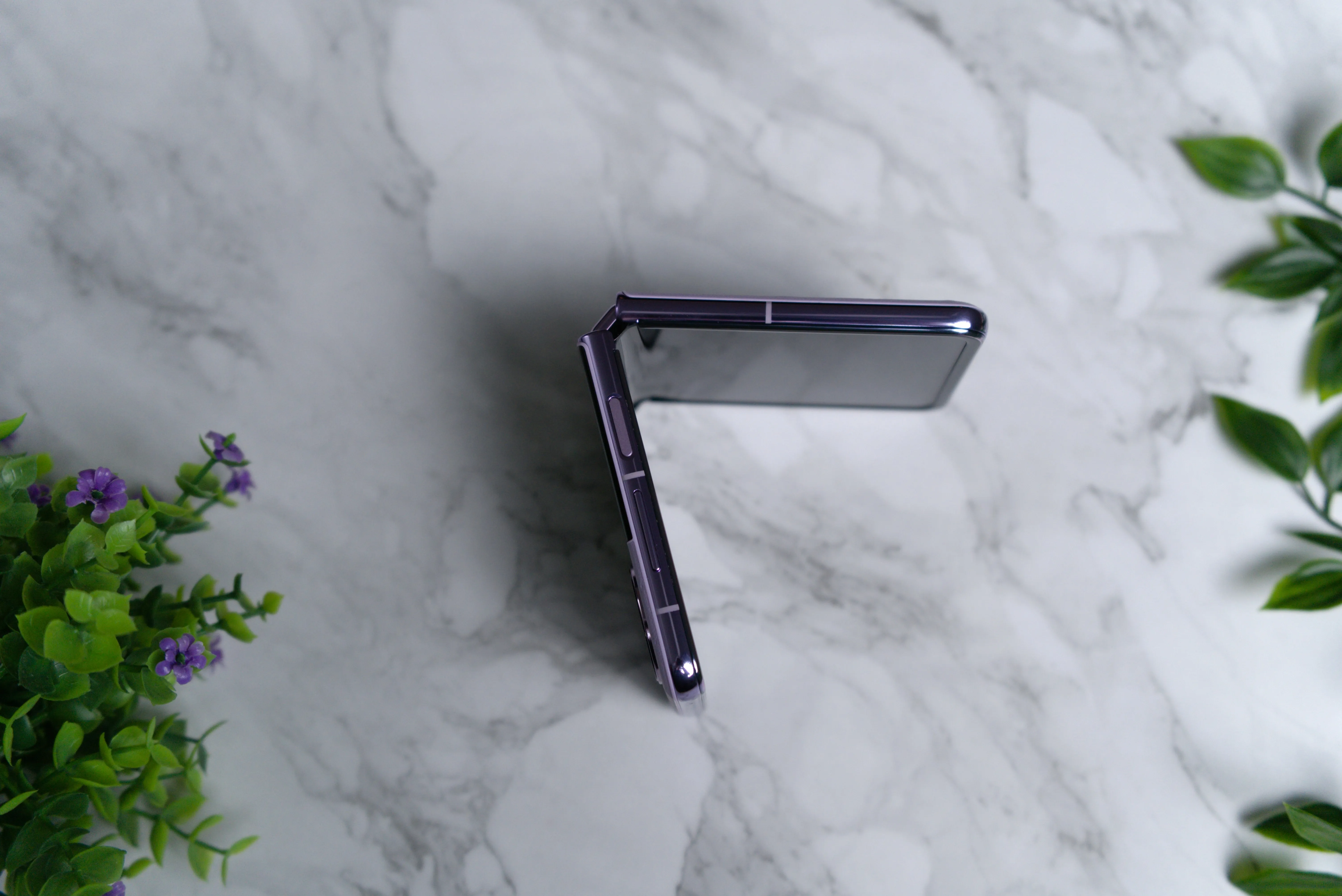
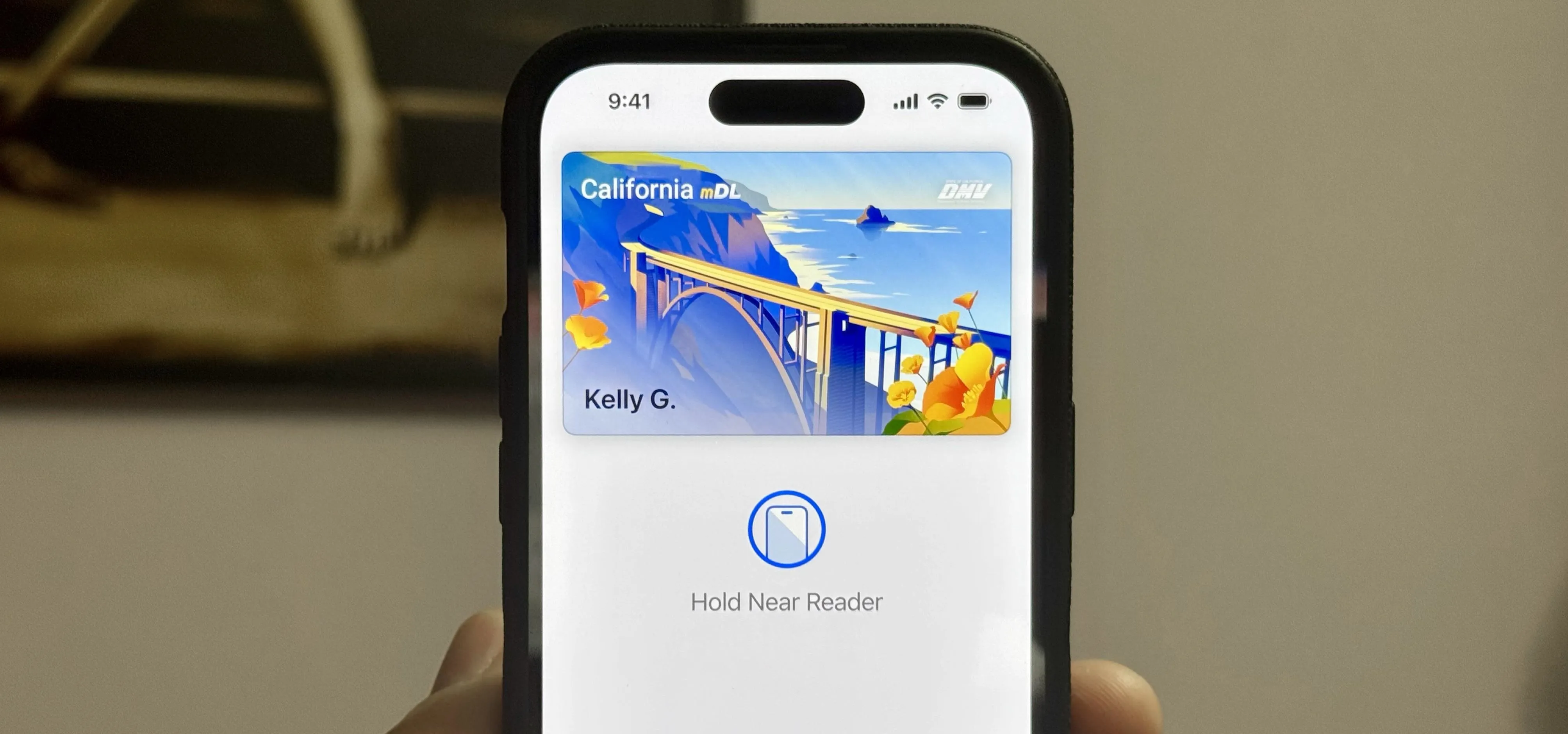
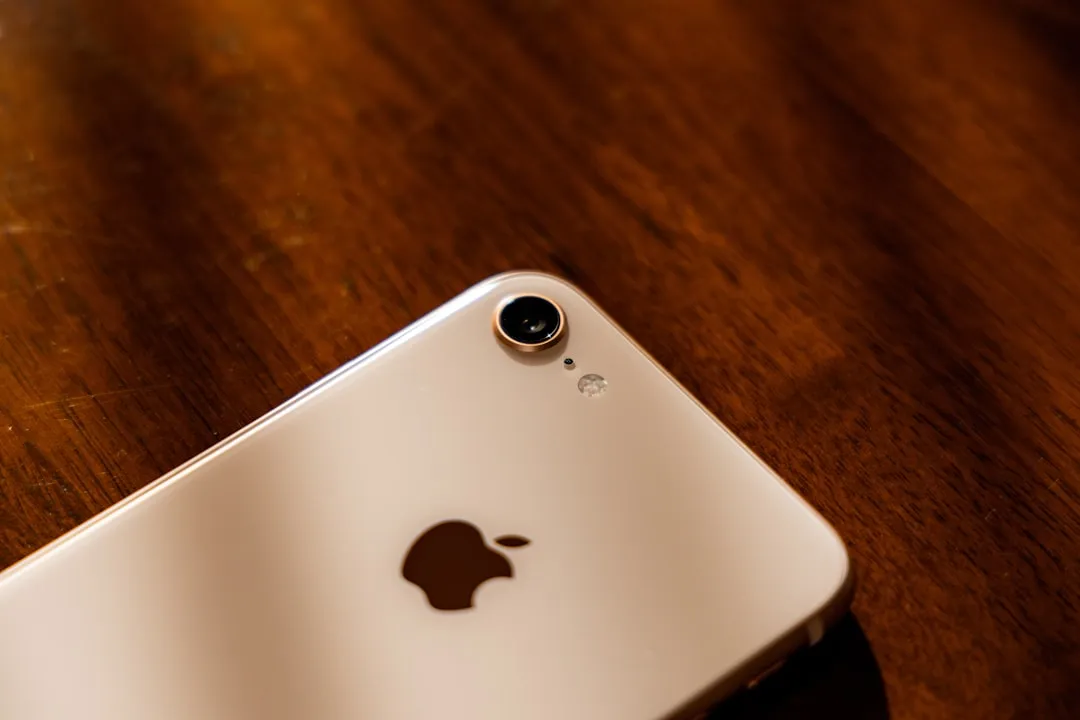
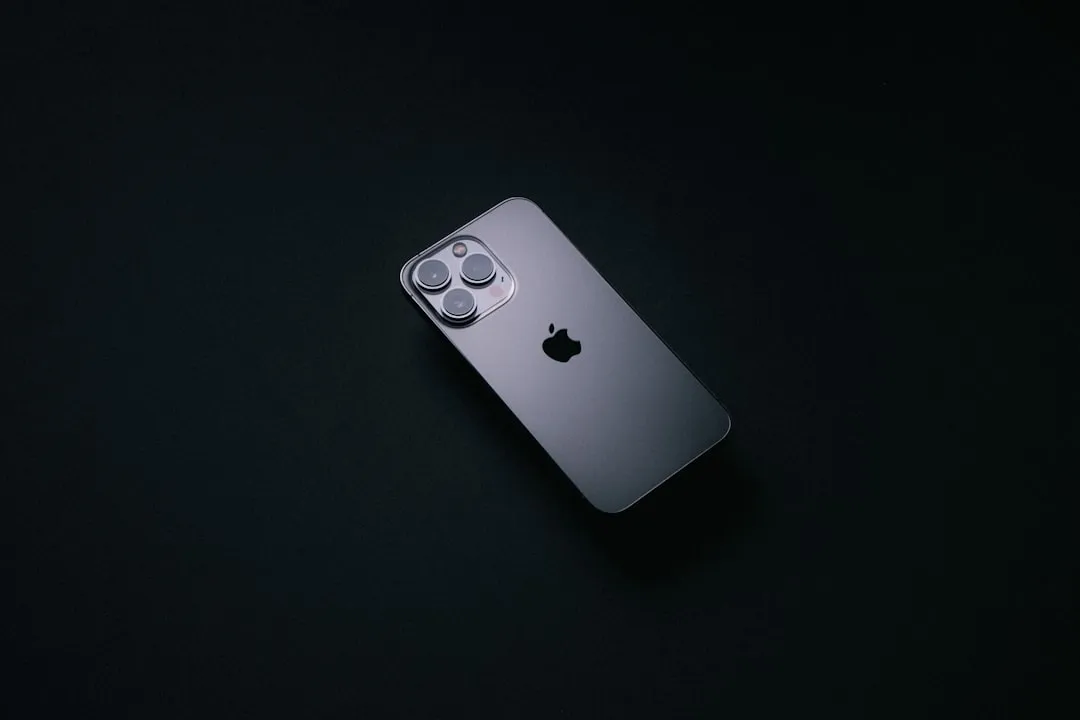
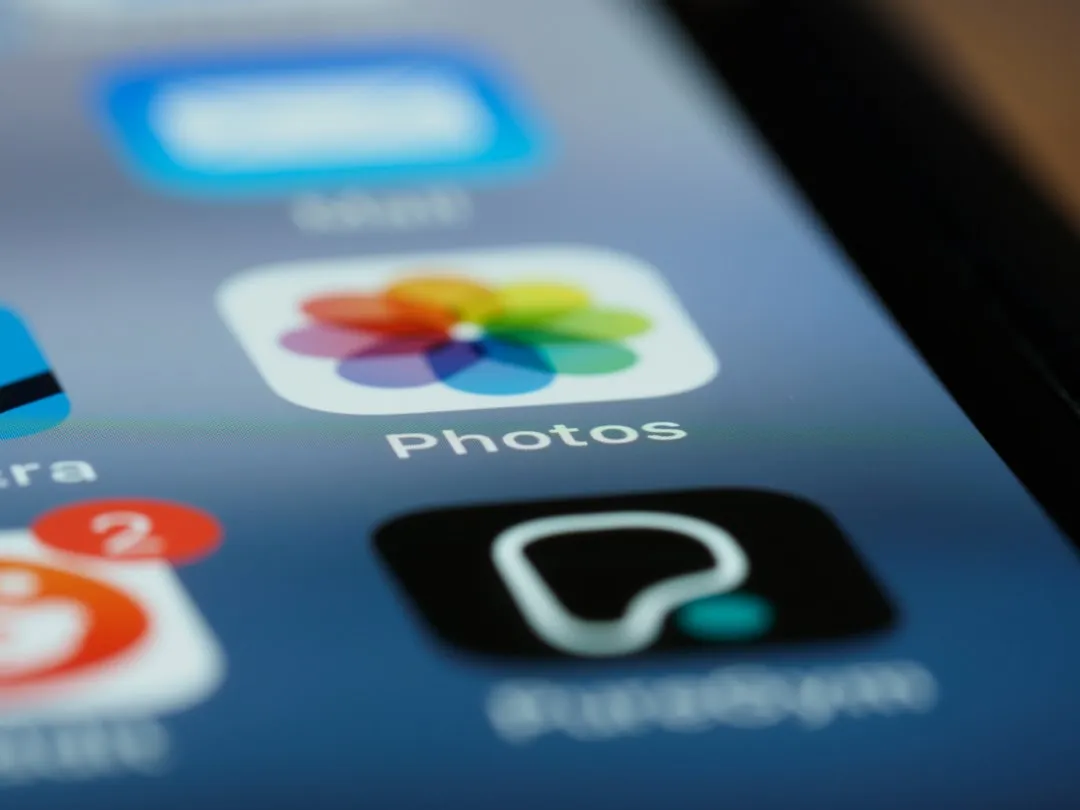
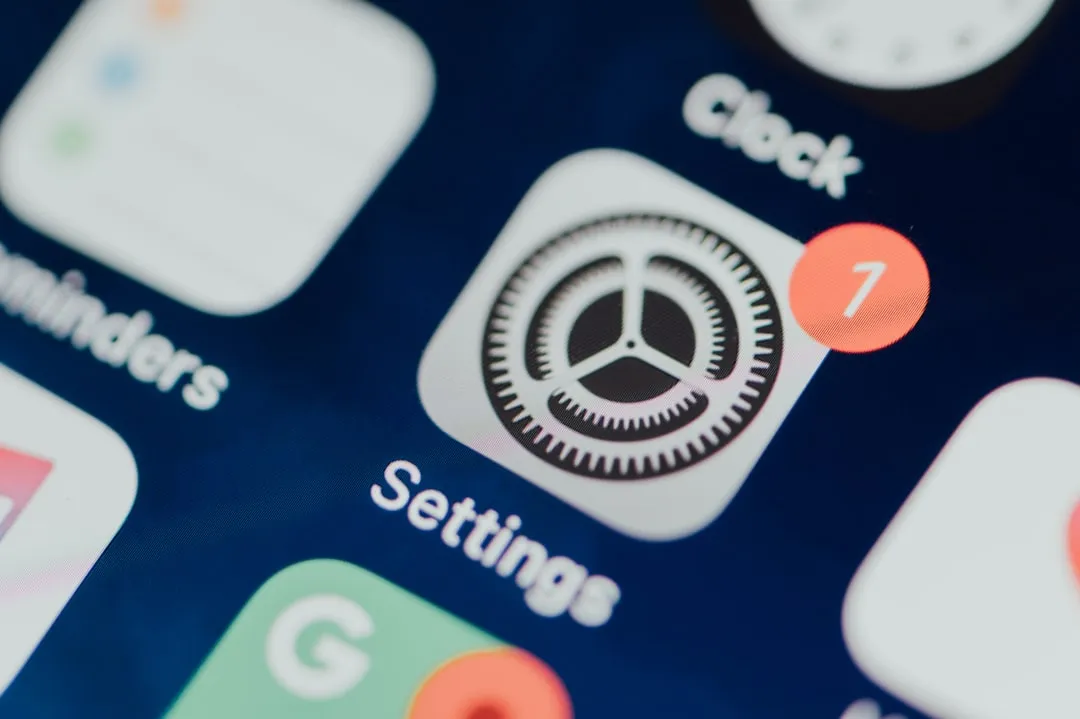
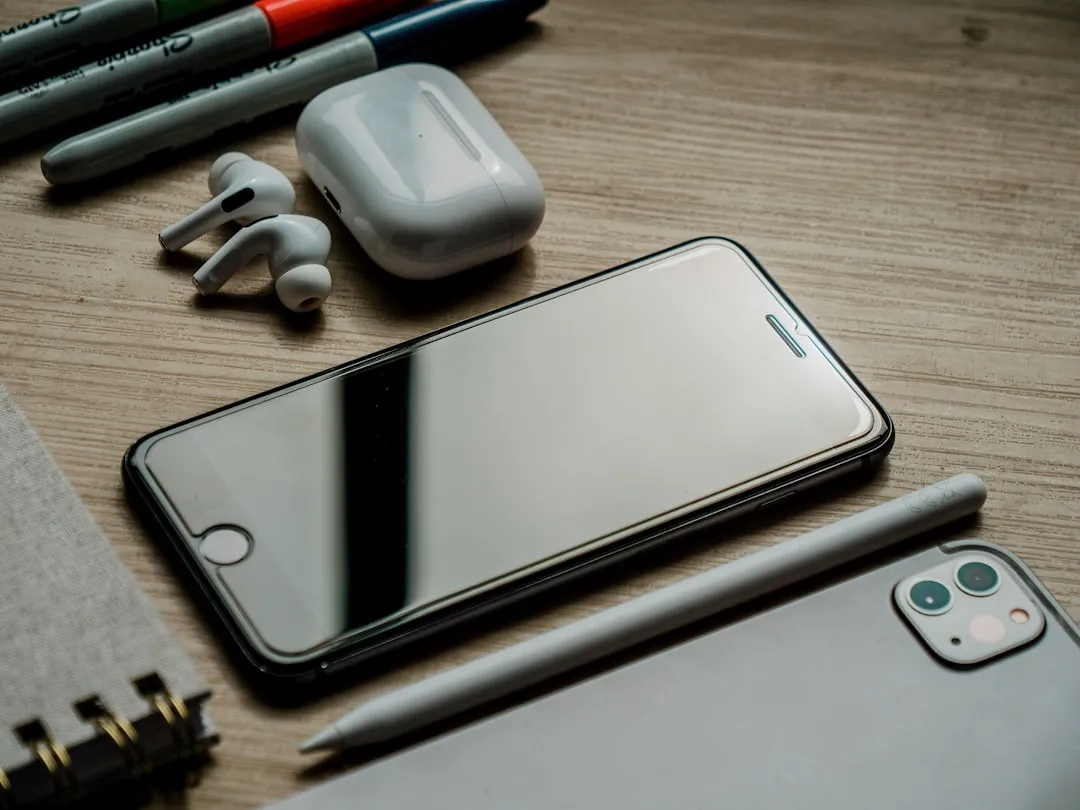
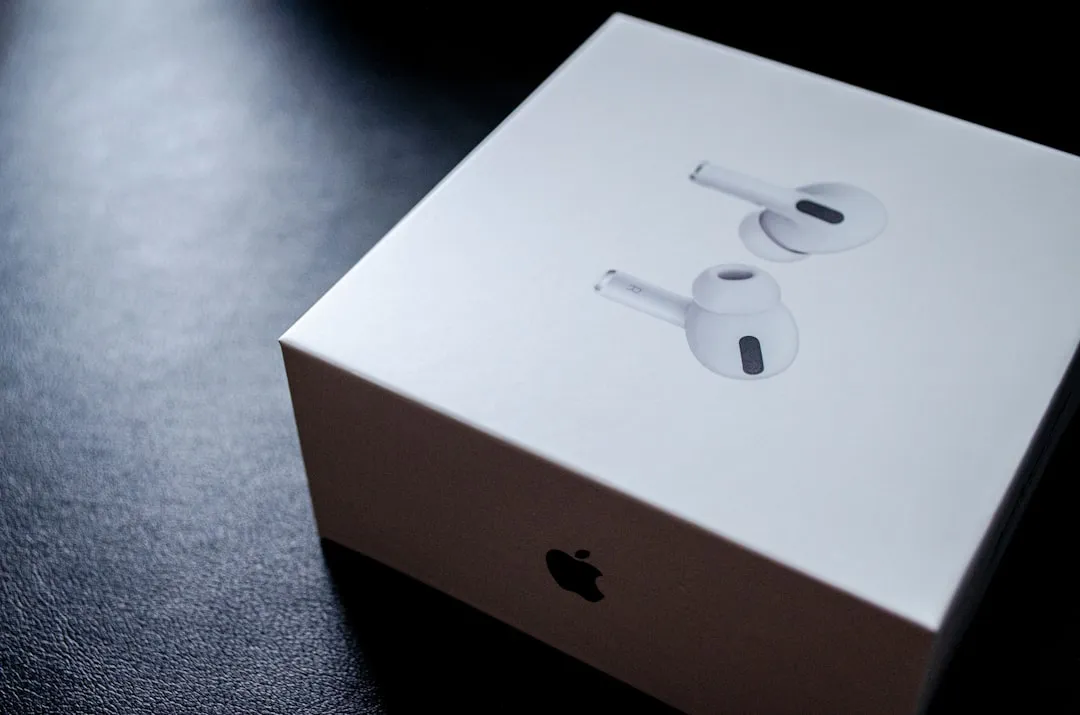
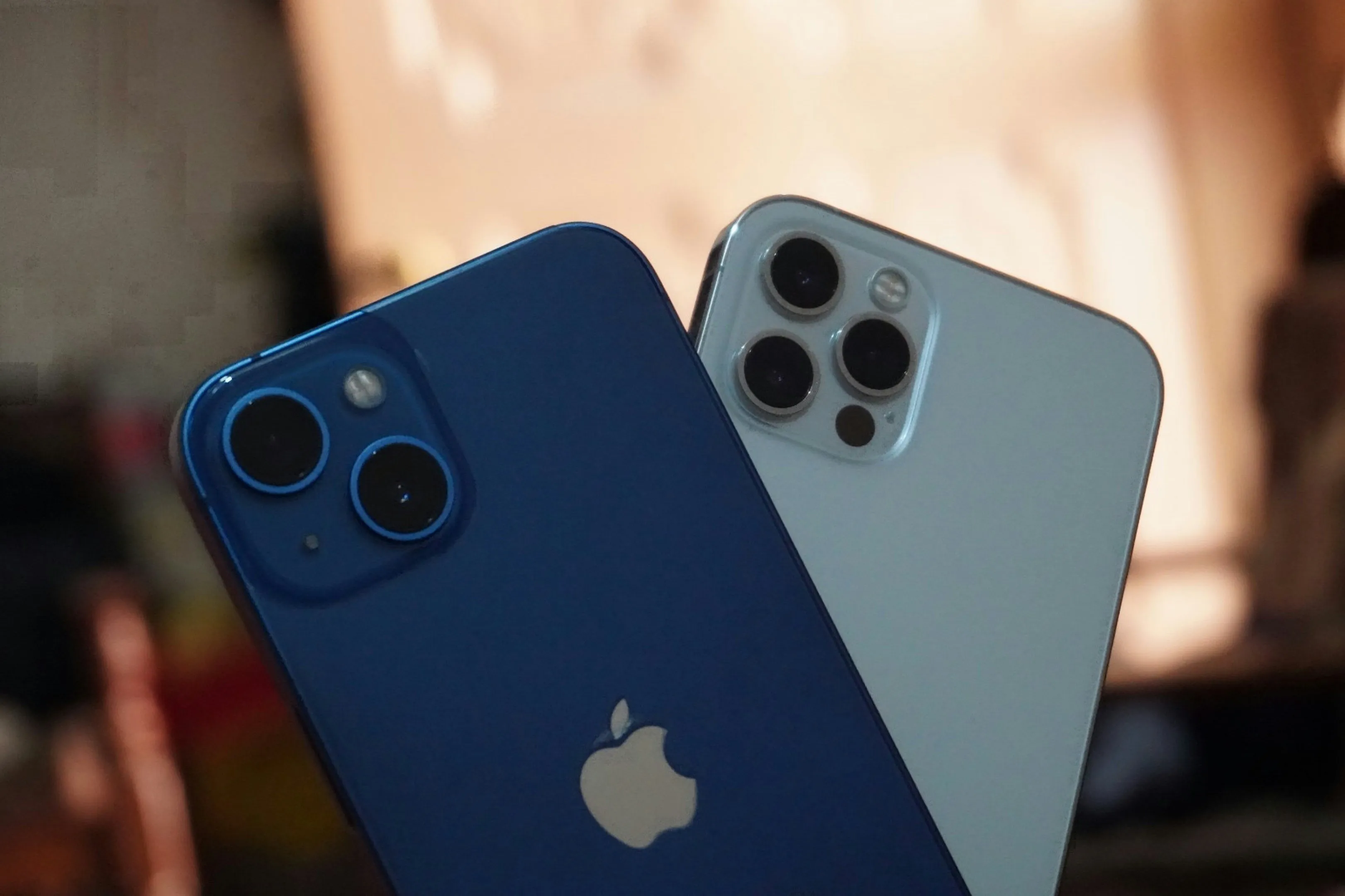
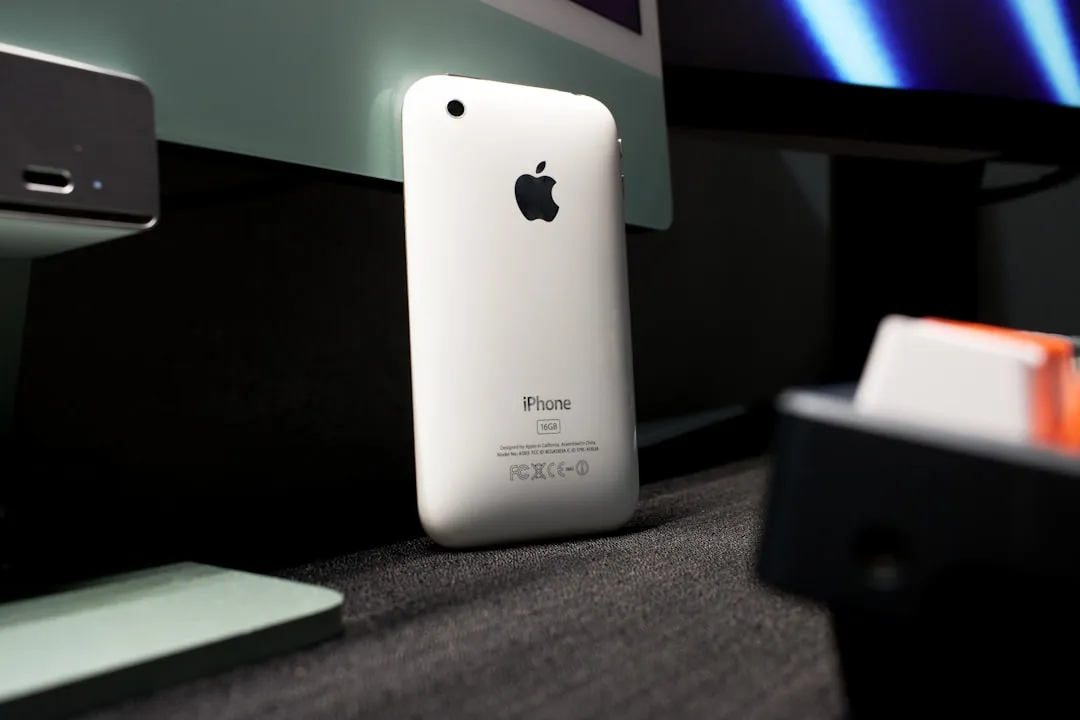
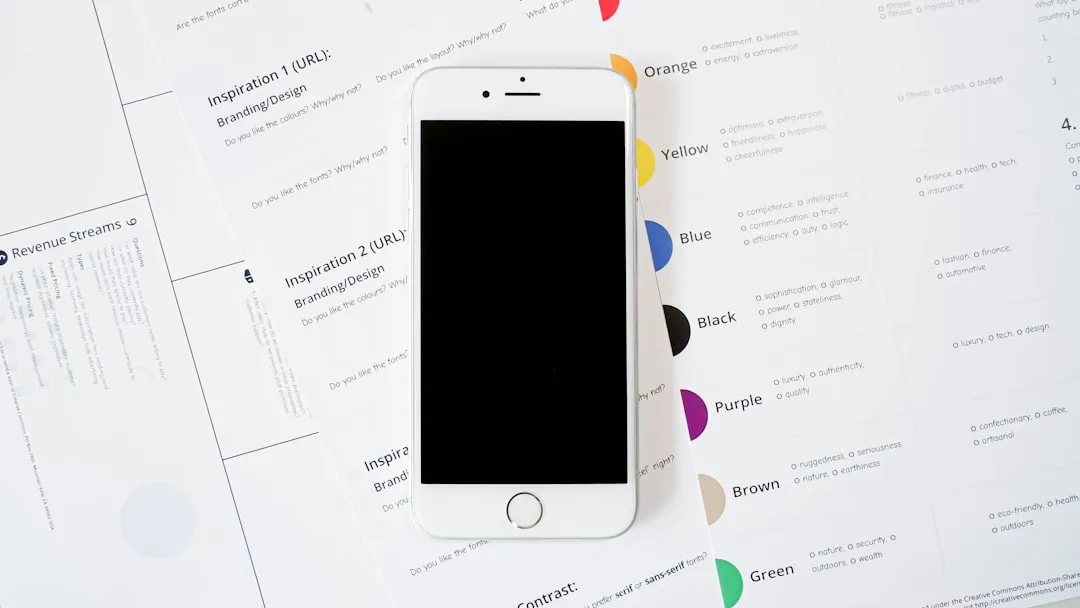
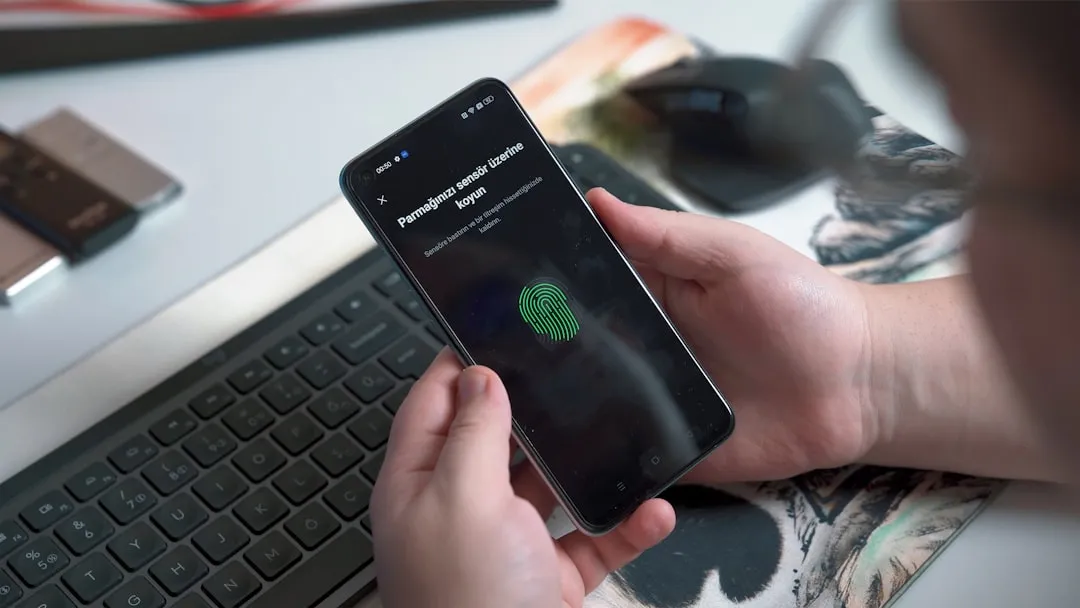
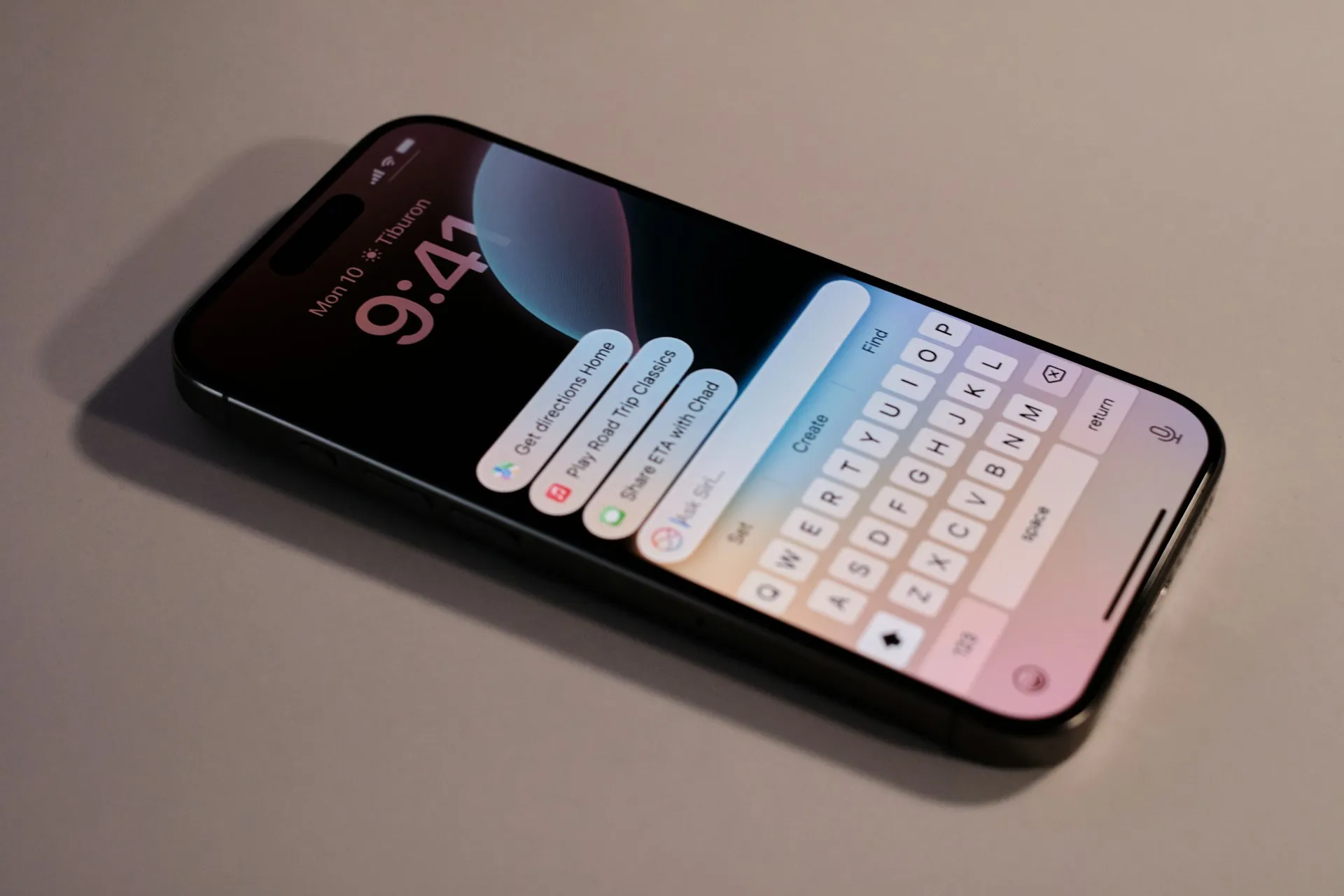

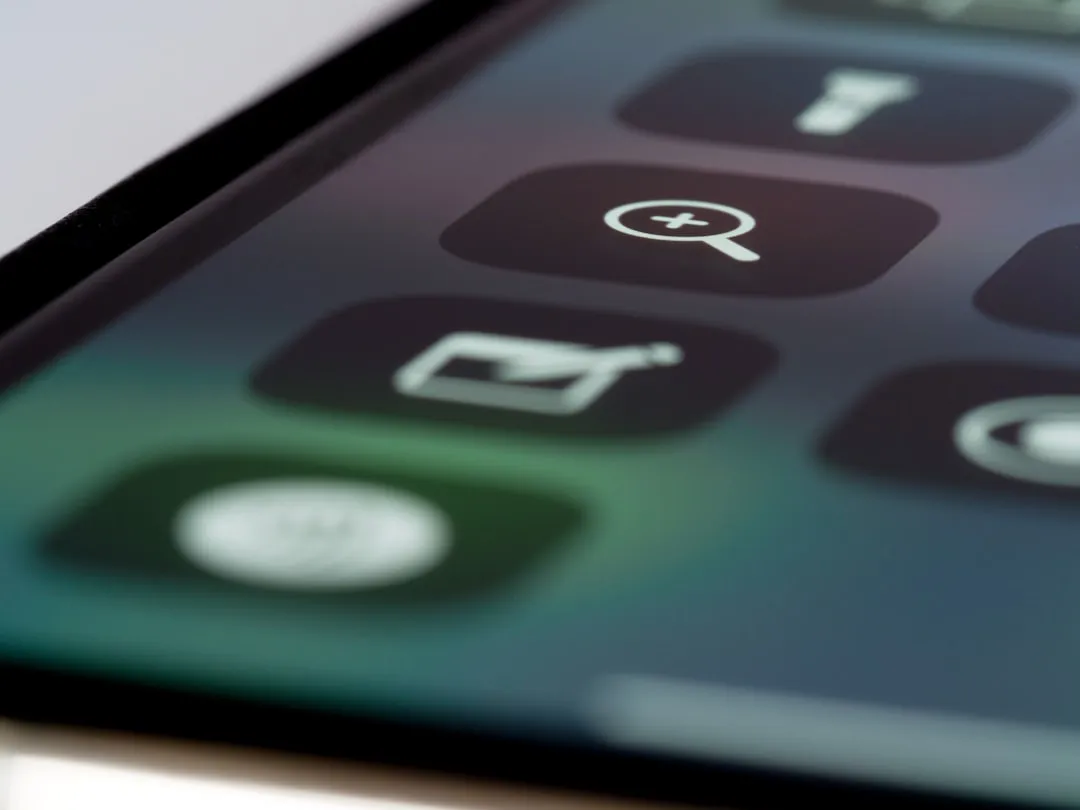
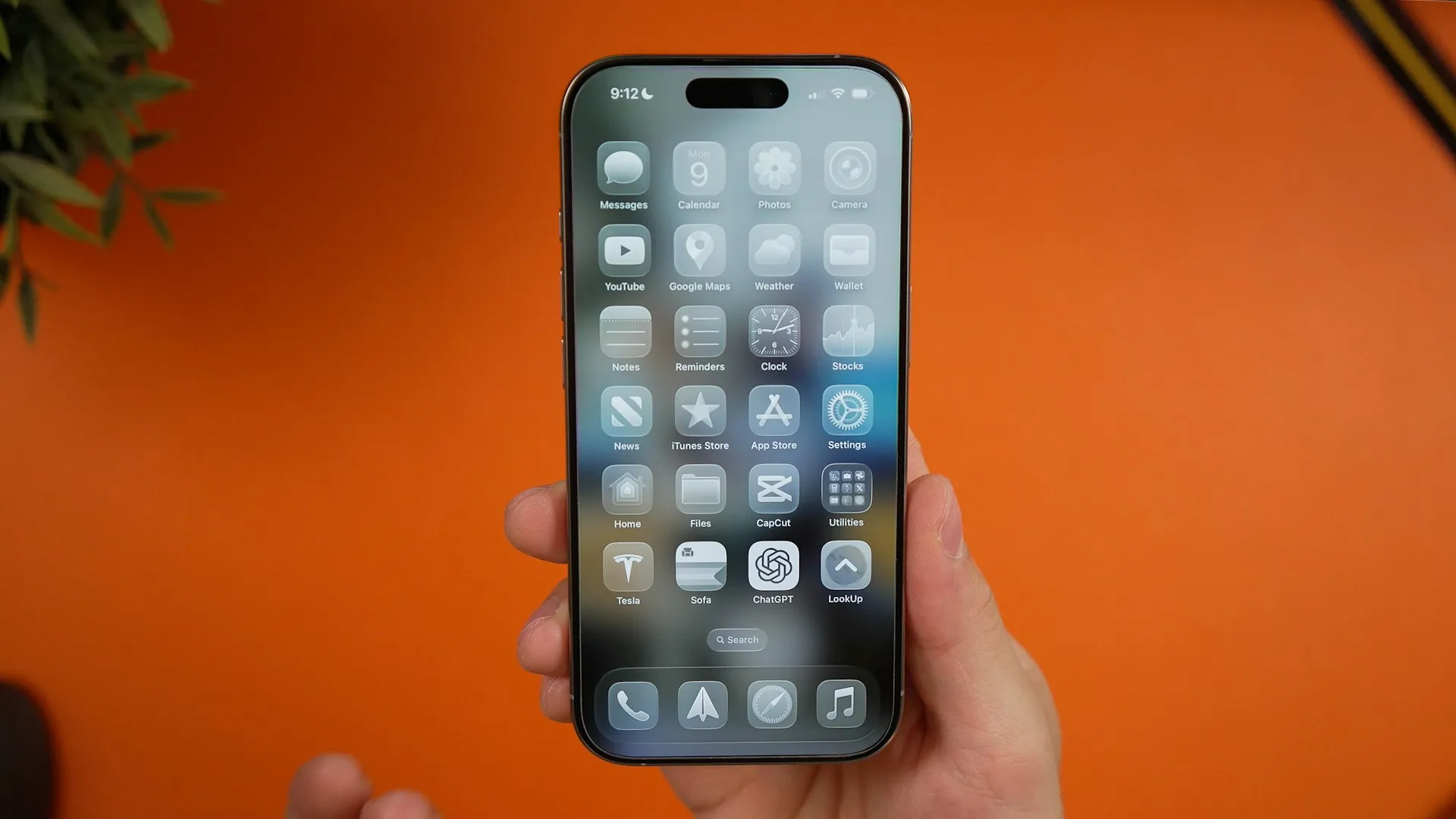
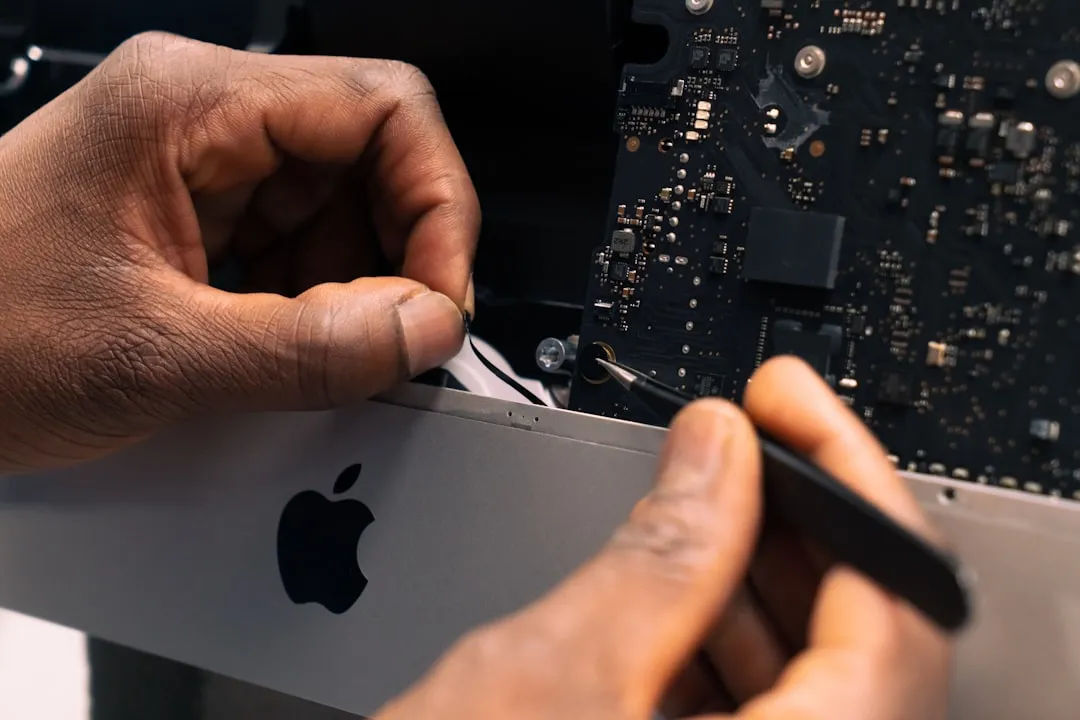
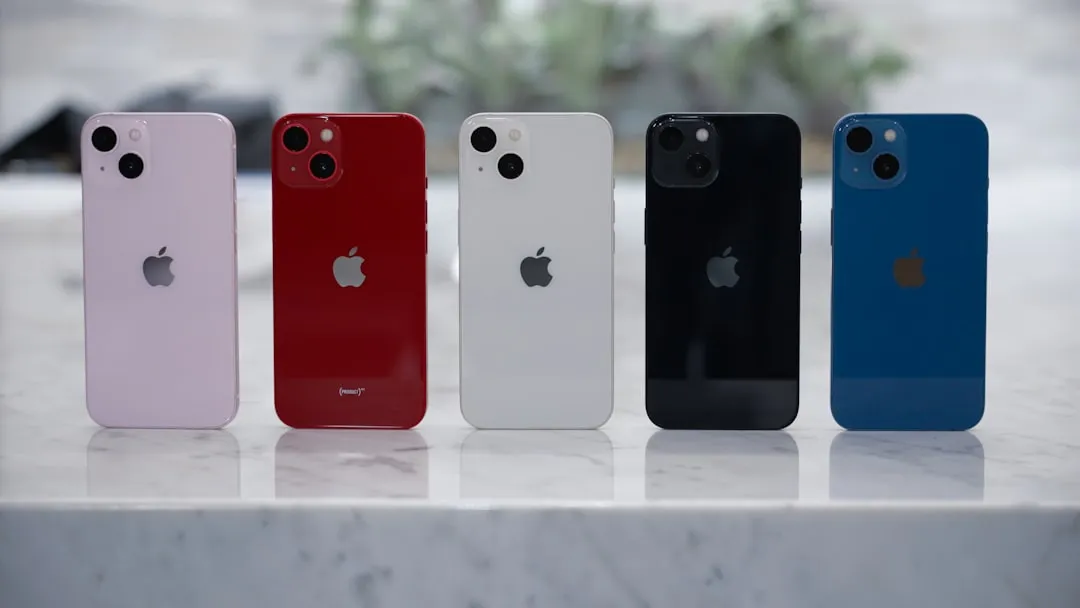
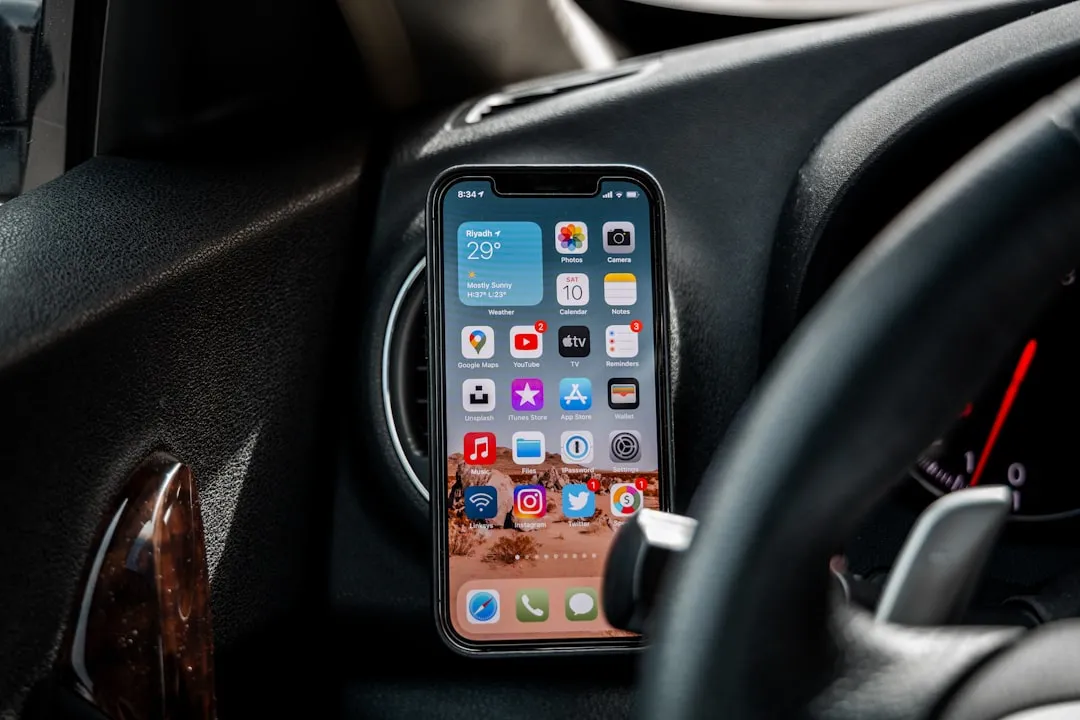

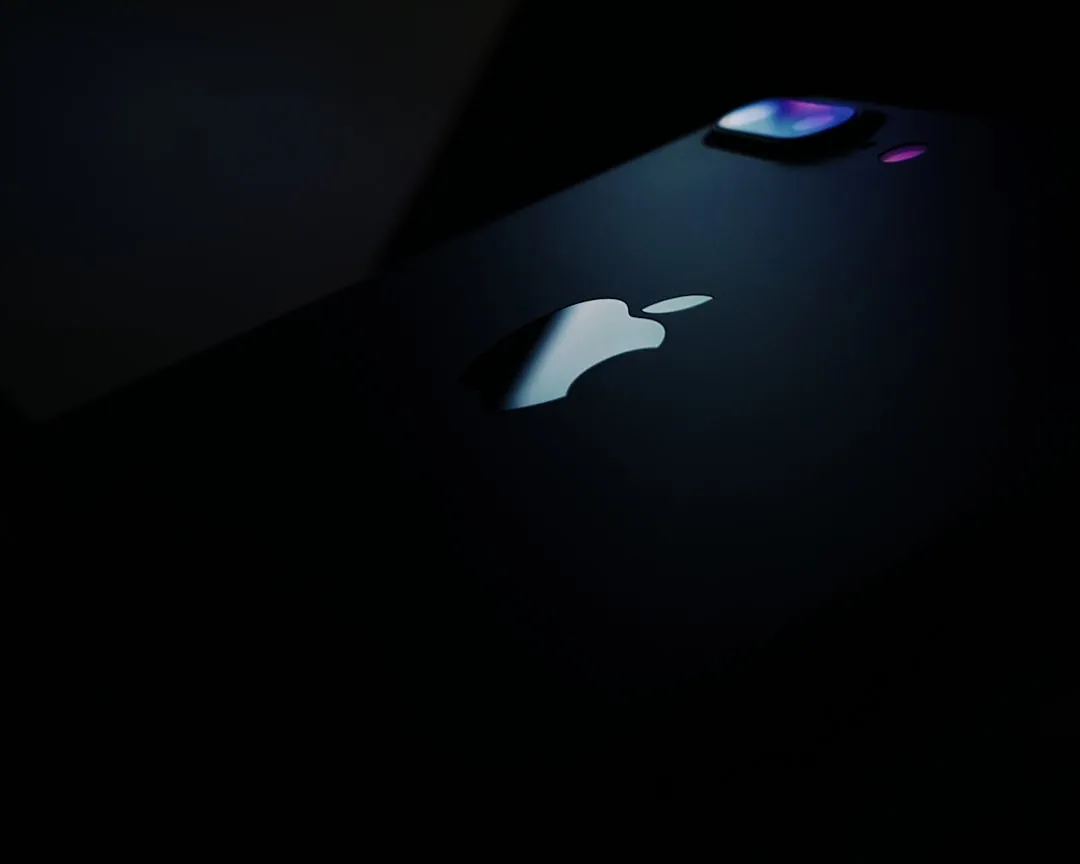
Comments
Be the first, drop a comment!